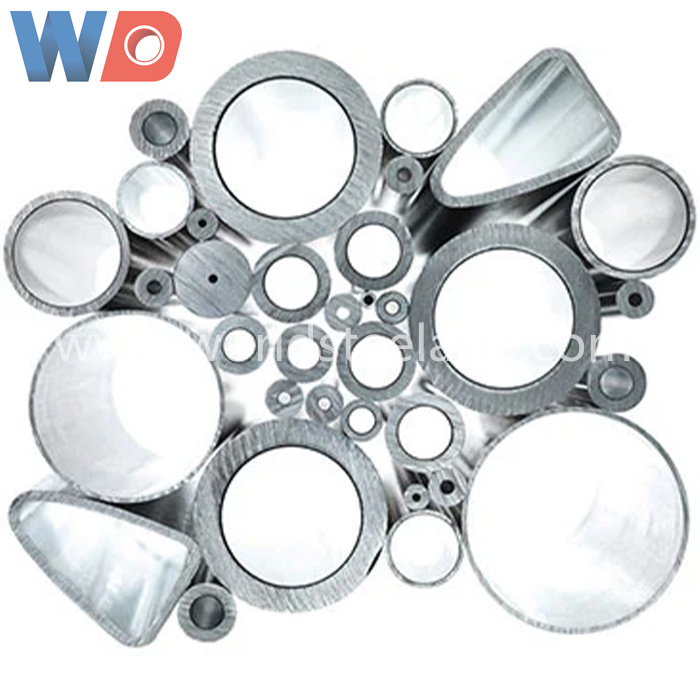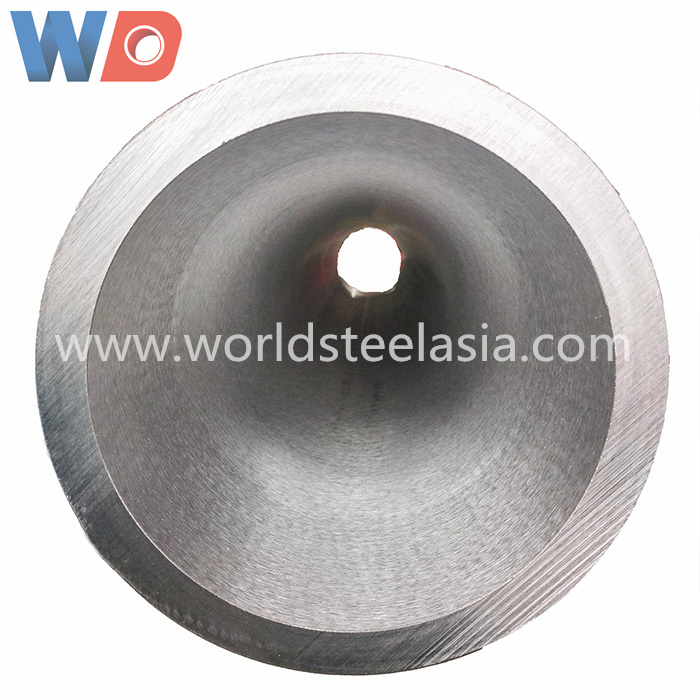Inconel 625 Mechanical Properties
Mechanical Properties
Inconel 625 alloy is suitable for cold and hot working and annealing when the general operating temperature is ≤650℃; when the operating temperature is above 650℃, it can be applied in annealed or solution-treated states. For applications with high-temperature creep or persistence requirements, it is recommended to use it in the solution-treated state; while fine-grained alloys are used at ≤816℃ and under conditions where fatigue strength, hardness, and instantaneous strength are required. After a single aging at 732℃, the alloy has a lower yield strength (690~793MPa), but after double aging, it can achieve a yield strength of up to 827~956MPa and still has high ductility. When double aging, if the temperature of the first aging is raised from 718℃ to 746℃, the alloy's hardness will also increase. Inconel 625 alloy treated with solution and double aging at 746℃×8h furnace-cooled + 621℃×8h air-cooled, and tested for its properties after being held at 316℃ for 1000h, does not have a significant impact on its tensile properties.
2.Physical Properties

3.Welding Properties
The welding properties are good. General welding methods such as GTAW (TIG), GMAW (MIG/MAG), SAW, and SMAW (MMA) can be used without encountering special difficulties.
4.Cold and Hot Working and Forming Properties
Inconel 625 alloy has high resistance to high-temperature deformation, so it requires a higher heating temperature, generally about 1170℃. A large amount of deformation is advisable between 1170℃ and 1010℃; micro-deformation can be carried out above 930℃. This alloy also has good cold working and forming properties; its performance is similar to other high-nickel, chromium, and molybdenum alloys.
5.Heat Treatment For high-temperature and high-strength applications
it is solution-treated at around 1120℃ (carbon content in the alloy is around 0.05%). For applications requiring resistance to wet corrosion (low carbon content around 0.03%), softening annealing treatment is mostly used at temperatures of 950~1050℃ (preferably around 980℃); in order to prevent intergranular corrosion after welding, stabilizing treatment can also be carried out at 900~1100℃. Proper aging control can result in good resistance to pitting corrosion, crevice corrosion, and stress corrosion cracking due to the reduction of high-chromium and molybdenum carbides.



